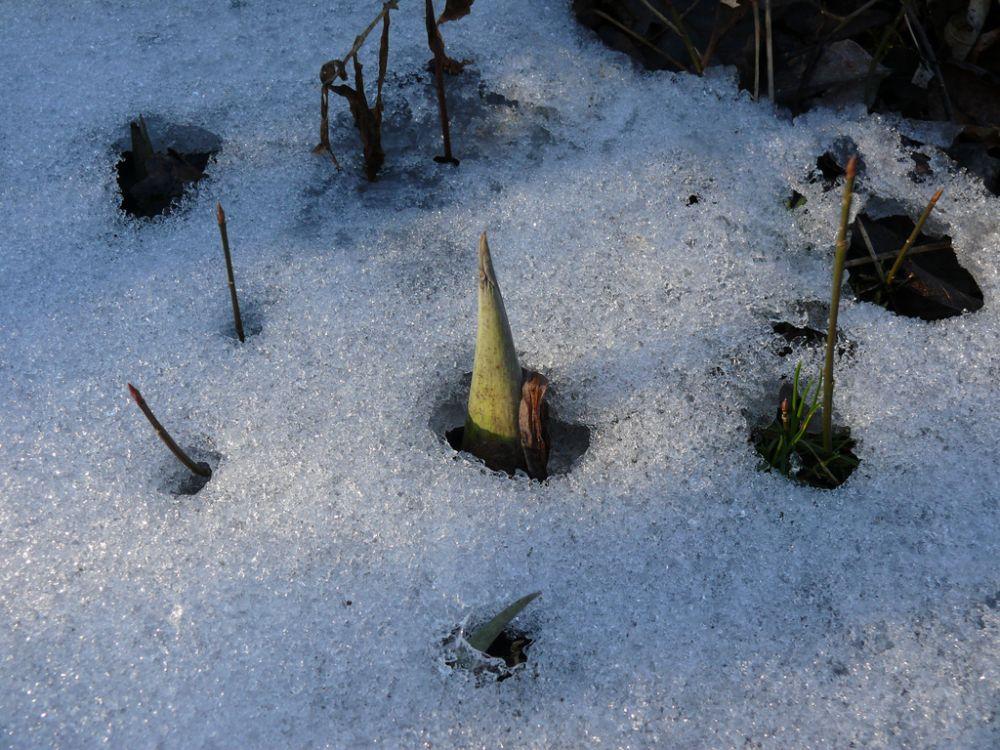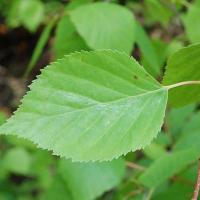- Tags:
- Something Wild

Delicate and aptly-named, snowdrops emerge from the winter snow pack. Photo credit elPadawan via flickr Creative Commons

For some plants, the race to harvest sunlight to make food starts early, in March. Skunk cabbage and many alpine plants begin to photosynthesize under the snow using red "anthocyanin" pigments which can absorb the longer-wavelength blue light at the ultra-violet end of the spectrum--even while buried beneath the snow.
Familiar spring bulbs--crocuses, daffodils, snowdrops--also capture sunlight and emerge with leaves of green from beneath the snow.
Some trees also take an early lead off the starting blocks in spring by producing green chlorophyll in the bark of their twigs and branches. White paper birch and the aspens--big tooth and trembling aspen in the poplar family--have thin photosynthetic bark and dark maroon twigs flecked with pores for gas exchange. It's no coincidence these two species are the fast growing, sun-loving pioneers who race to colonize open ground after farming or a clear-cut. They also tend to live shorter lives, maturing in a century or less.
Photosynthetic bark is a key adaptation for trees living in northern latitudes with short growing seasons. Precious extra weeks of food-making help compensate for an early end to the growing season by late summer.

In the chilly mountains, the ability to make food even before unfurling tender, frost-sensitive leaves is a key adaptation, it allows the heart-leaved subspecies of paper birch to grow nearly to tree line at 4800' in elevation. Where conifers, including spruces and fir with waxy needles dominate, birch is the best adapted of the hardwoods at higher altitudes in our White Mountains.
